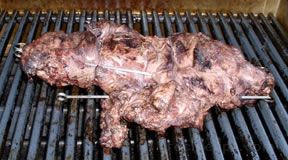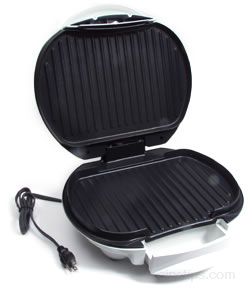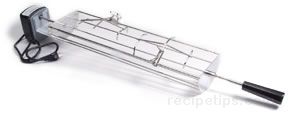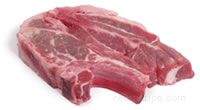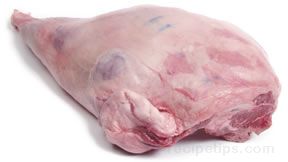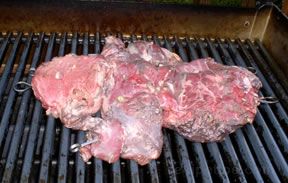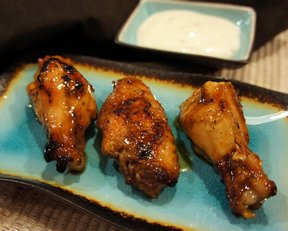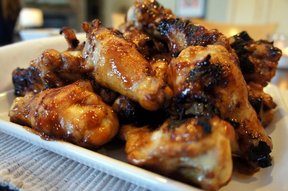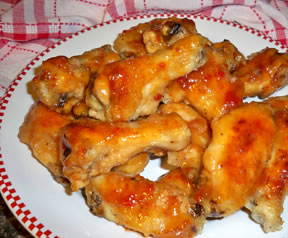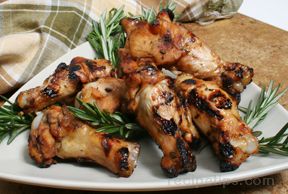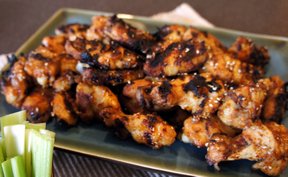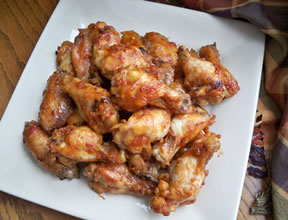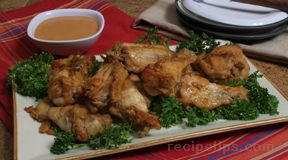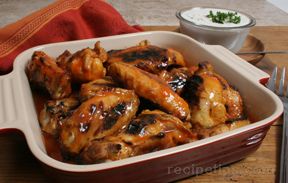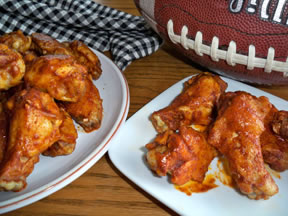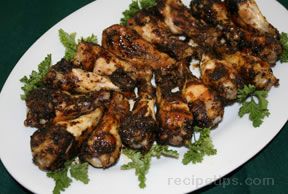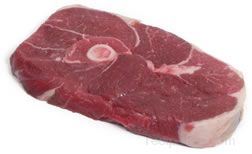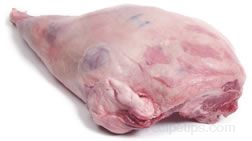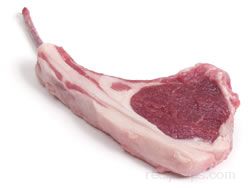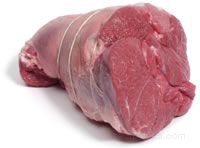|
Braising and stewing involve the slow cooking of meat in a liquid. This technique tenderizes and softens firm or tough cuts and allows for rich and subtle blending of the meat flavors with those of the liquid and seasonings. The main differences between braising and stewing are:
|
|
The technique for braising market ready cuts of lamb is also known as pot roasting. It is the preferred method for cooking tougher cuts of lamb. Dry heat-cooking methods, such as oven roasting, do not allow the internal temperature of the tougher cuts to become high enough to break down the fat and connective tissues. If the meat remains in the oven long enough to break down the tough fibers, then the outer portions of the meat become overcooked, dry, and tough. Braising/pot-roasting is a much more effective means for breaking down the tough fibers than any dry heat cooking method. The internal temperature of the meat reaches a level that is sufficiently high to melt the connective tissues and fat. The moisture in the pan prevents the outer portions of the meat from drying out.
|
| Braised Lamb |
|
The following steps may be used for braising tougher cuts of lamb:
|
| Lamb cuts that are braised are always cooked until well done because moist heat cooking methods permeate the meat with hot liquid and high temperatures, creating tender and flavorful meat. However, braised lamb dishes can be overcooked in spite of the moist heat cooking method. If the meat is cooked beyond the accepted limits, it will fall apart and begin to lose moisture and tenderness. |
|
There are many variations of lamb stew including recipes that are basically the same as beef stew except that lamb is used instead of beef. Other types of lamb stew include a variety of dishes native to the Mediterranean, Middle East, and northern Africa that are cooked in a tagine, which is an earthenware pot with a conical lid. Tagine is also the Moroccan word for stew. Some of these recipes include ingredients such as dried prunes, onions, garlic, cloves, ginger, cinnamon, lemon, saffron, cumin, turmeric, and honey. They are often served with couscous or lentils. |
| Tagine of Lamb (Lamb Stew) |
|
The following steps may be used to prepare lamb stew:
|

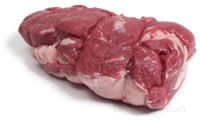




 Lamb stew is a dish that is often prepared with tougher cuts of lamb that have been cut into small pieces. Many of the same cuts that are suitable for braising are ideal as stew meat. Lamb cuts from the shoulder and flank are often used as well as meat from the lamb shanks.
Lamb stew is a dish that is often prepared with tougher cuts of lamb that have been cut into small pieces. Many of the same cuts that are suitable for braising are ideal as stew meat. Lamb cuts from the shoulder and flank are often used as well as meat from the lamb shanks.